Krapanj Island to Host Eco Heritage Task Force
ZAGREB, 21 July 2022 - The island of Krapanj will host from 24 July to 6 August the Eco Heritage Task Force, a volunteer-based environmental and reconstruction programme of the Croatian Heritage Foundation (HMZ) bringing together youth of Croatian descent for 30 years now.
Participants come from all over the world and most are second or third generation Croatian emigrants, Croatian ethnic minority communities in neighbouring countries and Croats from Bosnia and Herzegovina.
This year's host is Krapanj in Šibenik-Knin County. Participants will tidy up the island, including access to the beach for persons with disabilities, an old growth forest, and the seaside waters. The volunteer work is also envisaged to tackle drystone walls.
A variety of workshops and additional activities will be organised for the participants aimed at raising awareness of the natural and cultural heritage and the fishing traditions of this area, including a Croatian language and culture workshop, a media workshop, and excursions across the county, the HMZ said.
For more, check out our lifestyle section.
Krapanj, An Island with Centuries-Old Tradition of Sponge Harvesting
July 28, 2020 - Krapanj is the lowest and smallest inhabited island in the Adriatic. Its highest altitude doesn't exceed 1.25 m and in the 1960s, with more than 1,500 inhabitants, it was the most densely populated island. It is located in the Sibenik archipelago and is 400 meters away from the mainland village of Brodarica. There is a small 'ferry' which takes you to the island in less than five minutes.
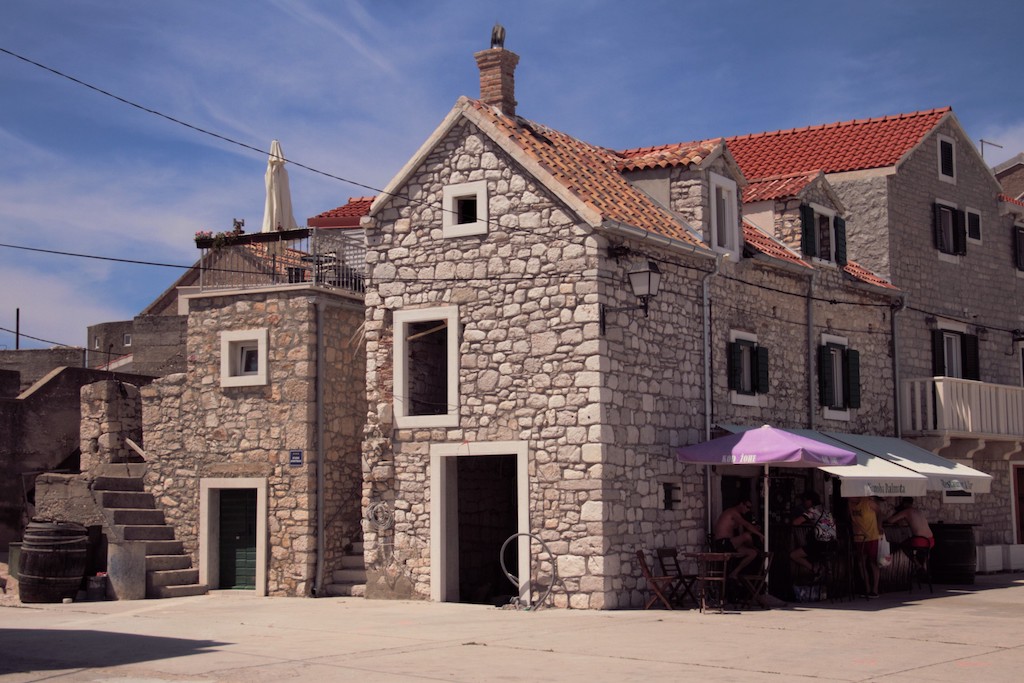
Although it is not such a popular tourist destination, Krapanj is the cradle of a centuries-old tradition of sponge and coral collecting, fishing, and diving.
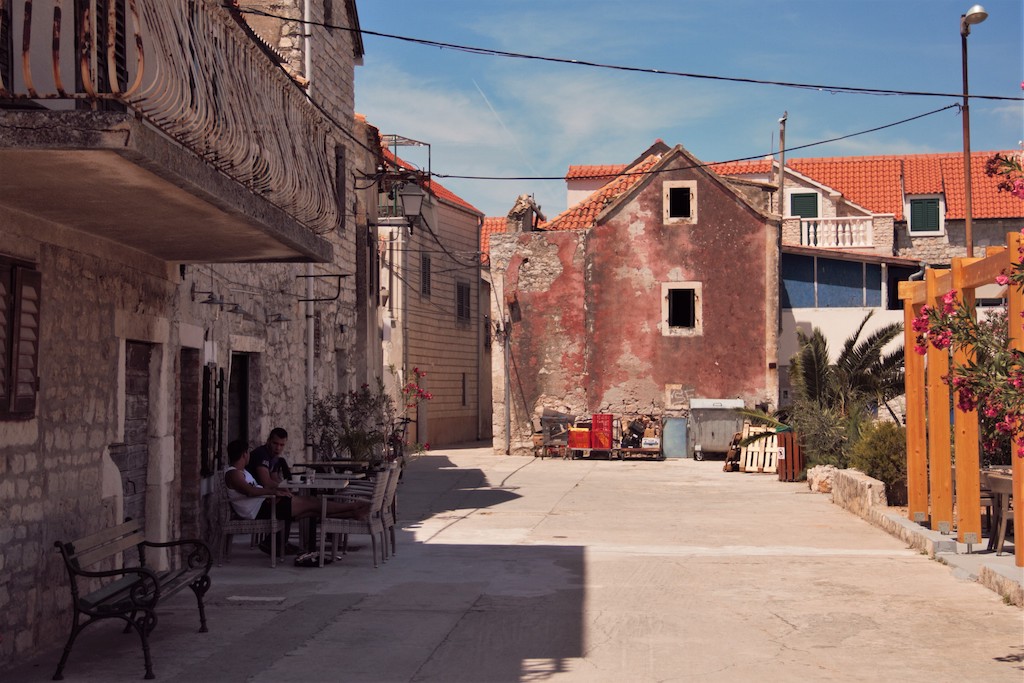
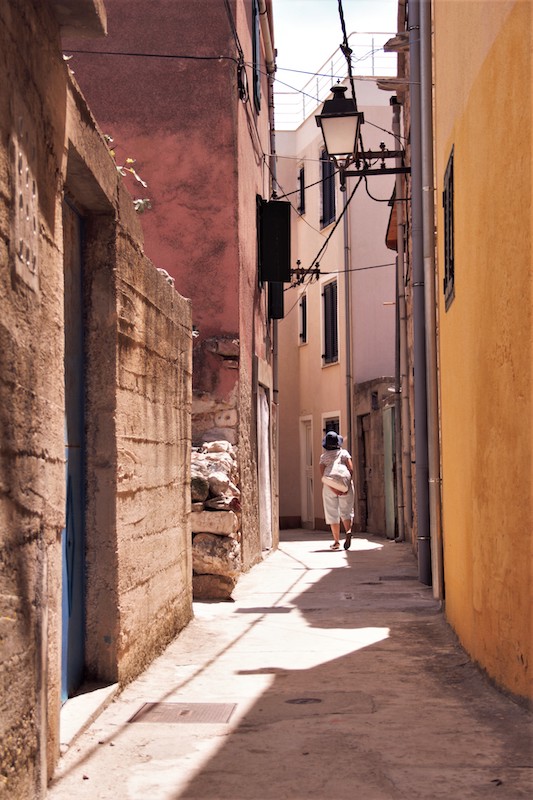
Walking through the streets, I stumbled upon a beautifully decorated courtyard of the family museum of sea sponges, Spuga 2. Family Tanfara is one of the three families on the island that still hunt sea sponges.
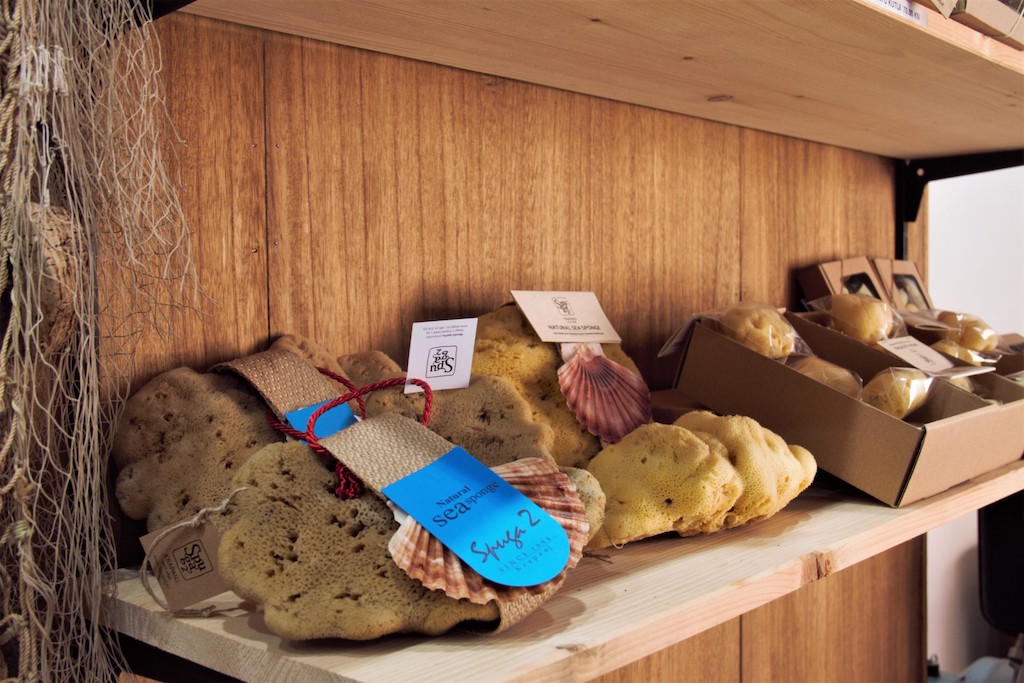
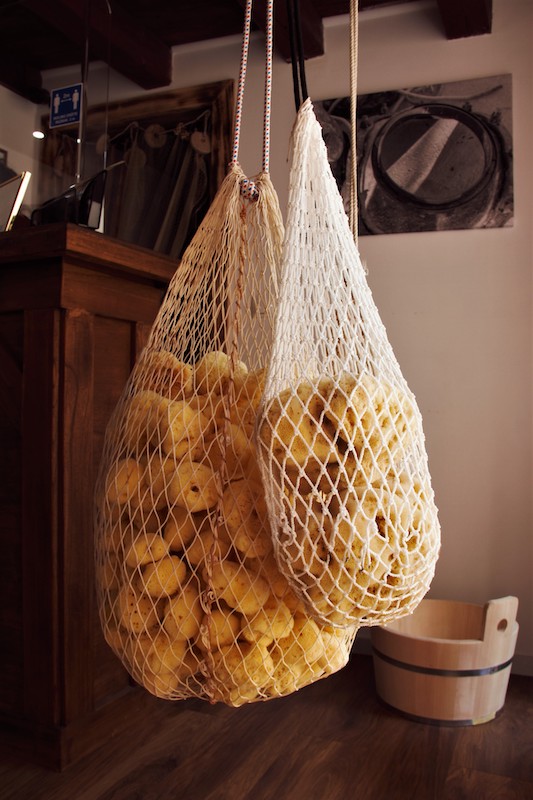
"Currently, 106 inhabitants live on the island, of which three families - Tanfara, Milutin and Jaram, are still engaged in this 300-year-old business. There is no school for this, but it is passed on within the family. My husband, Roko, is the fourth generation in his family, and we hope that our children will continue our tradition“, says Milena Tanfara, who works in the museum, while her husband is on board.
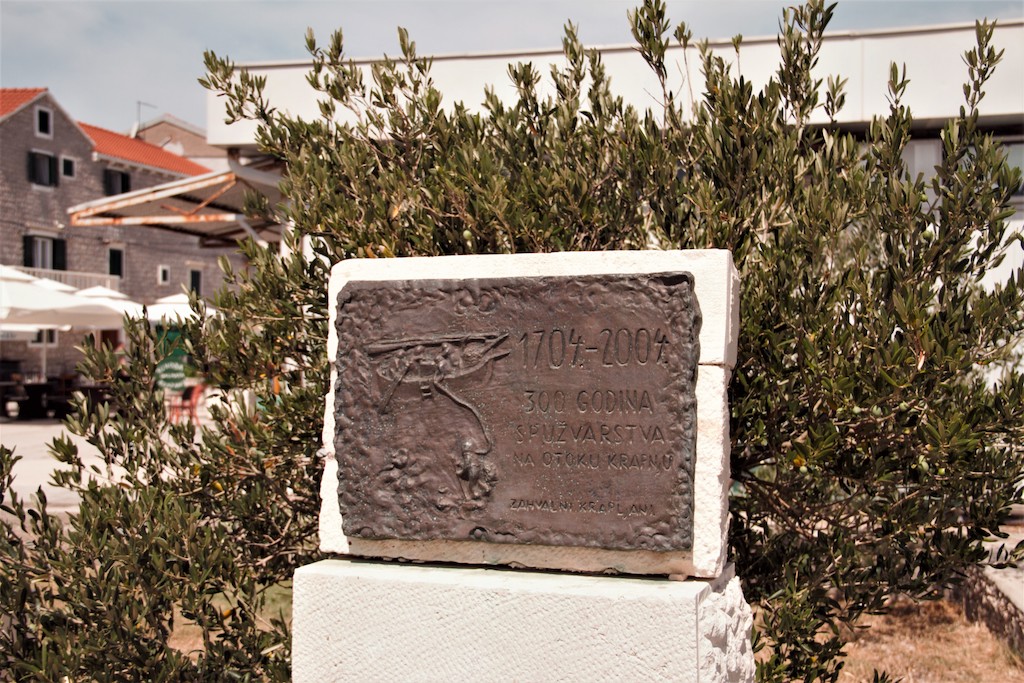
Legend has it that the people of Krapanj were taught to hunt sponges by a Greek from Crete named Fr. Antun at the beginning of the 18th century. There were two men in each ship: 'svicar', who caught the sponge with a spear and 'sijavac' who rowed. The prey was divided among themselves so that the 'svicar' was given half, the 'sijavac' a quarter and the ship a quarter. If the ship was from 'svicar', then two-thirds belonged to him and one to the 'sijavac'.
At first, the people of Krapanj were more involved in coral collecting, but then they transmitted knowledge to the inhabitants of the neighboring island of Zlarin, who today make coral jewelry.
"In the beginning, sponges were hunted with fishing spears, in diving suits weighing nearly a hundred pounds, but today it is mostly done with modern equipment. The greater the depth at which the sponge is located, the greater their quality is“, she explains.
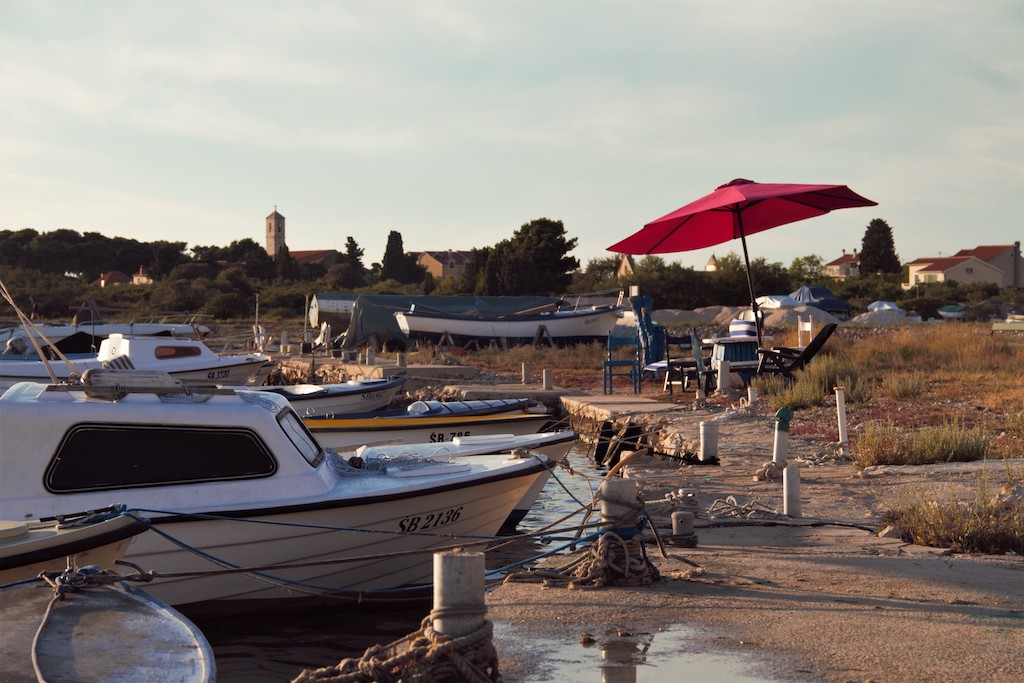
Sponge hunting begins in May, or as the locals say, when crickets begin to be heard, and lasts until October. Winter is a break time for sponges to regenerate and reproduce. They are always taken out in the morning and usually, two to three dives are made. Because of a greedy desire for money, there is an illegal hunt of sponges done by people who are not familiar with the ecology of the sea. Sponges are extremely valued today, so in Croatia, the raw material is usually sold for 100 euros per kilogram.
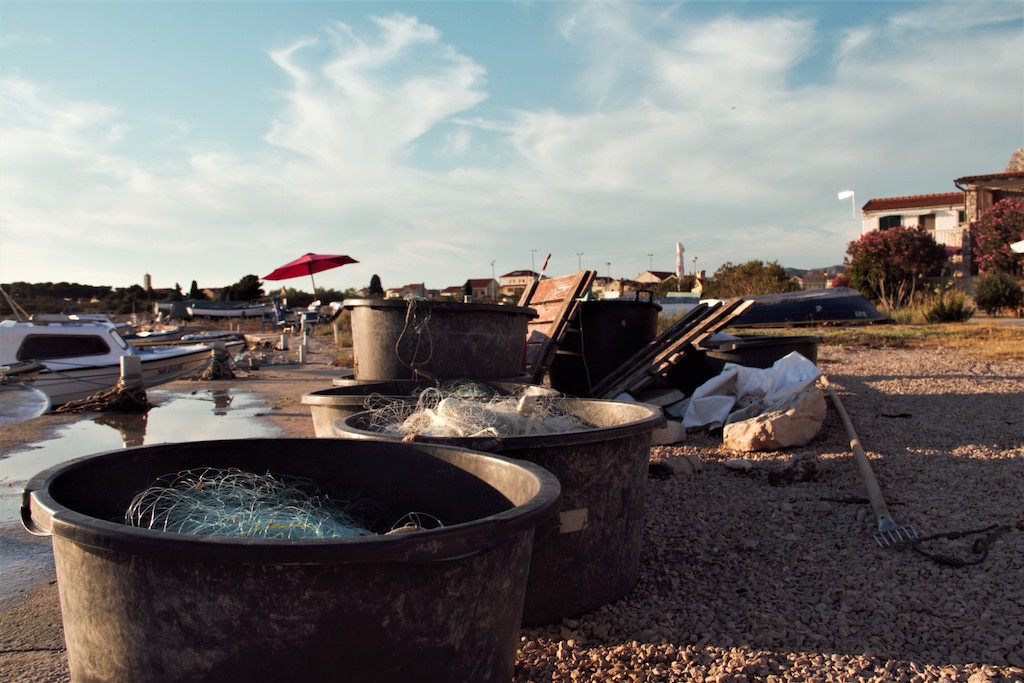
"We hunt from the north to the south of the Adriatic and after collecting in an area, we don't go there for at least two years to let the fauna recover“, Milena adds.
Except as a decoration and souvenir, sponges are very useful in everyday life, for face and body care, washing and cleaning. Natural sponges are much more durable and of better quality than synthetic ones and they absorb liquid better. A sponge can last for years, but if used for cosmetic purposes, it is recommended for up to two years.
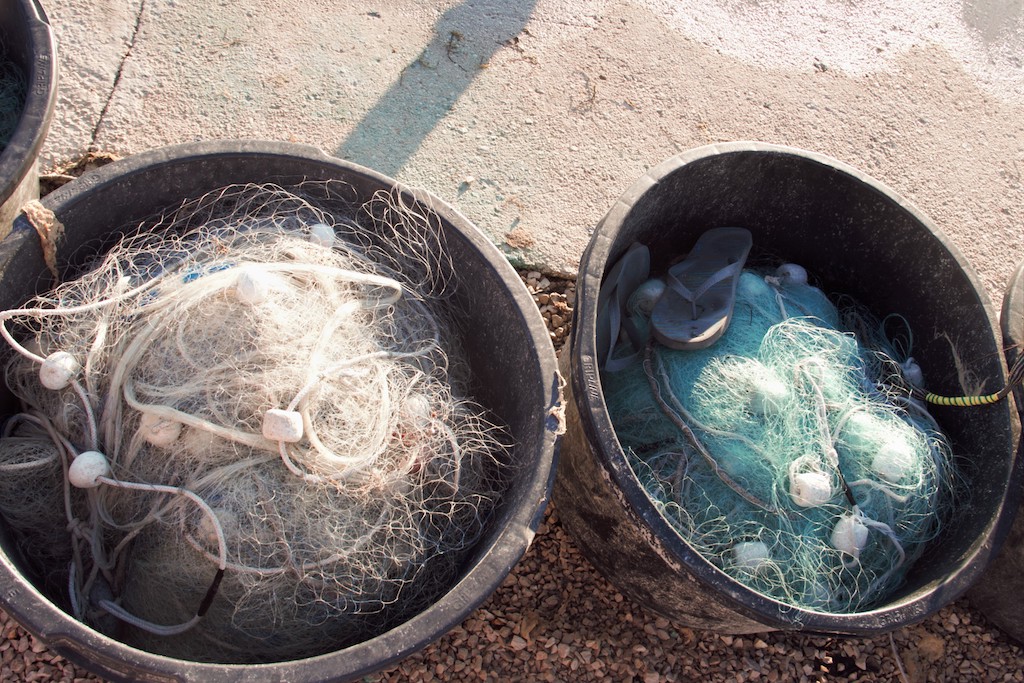
"Sponges need to be treated before use and the process takes 24 hours. We strive to maintain an ecological approach in processing, so we mostly use organic chemicals. I can't describe the whole process to you… it's a secret“, says Milena proudly.
This museum is the place where you can learn about the rich heritage of the island, see the old diving equipment, ancient daggers and sponges, and even more, the entrance is free!
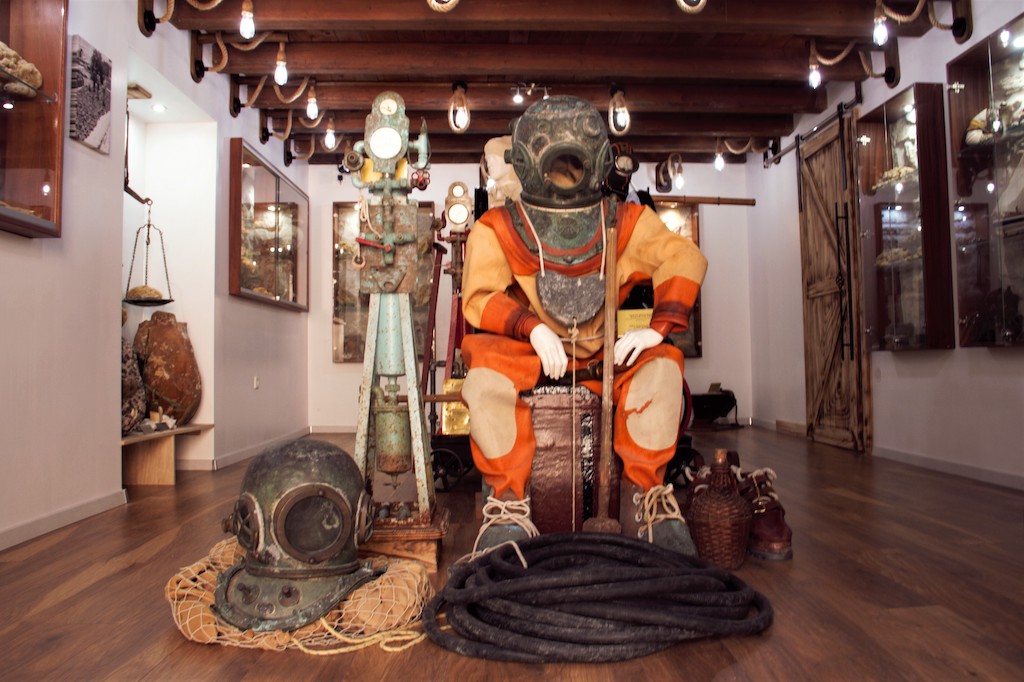
"Our intention when opening this museum was to interest and educate people about this wonderful tradition, and if they want, they have the opportunity to buy souvenirs in our shop“, Milena concludes.
To read more about lifestyle in Croatia, follow TCN's dedicated page.


